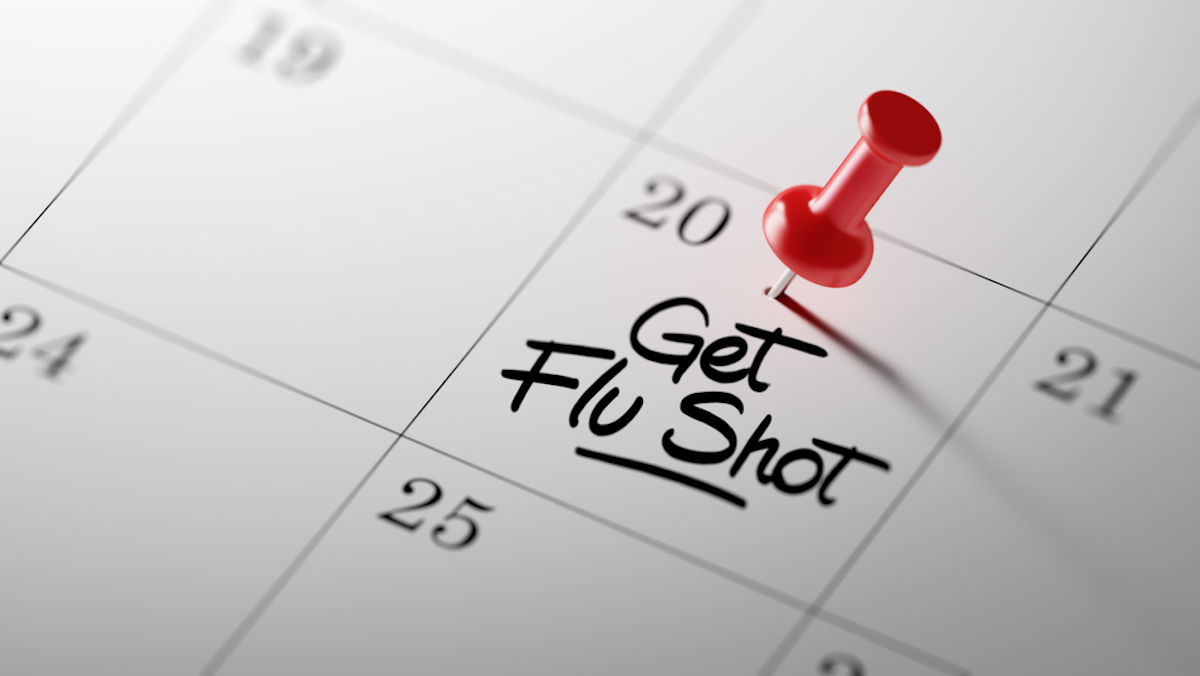This article appeared in My San Antonio. Read the full story here.
With many states seeing increasing coronavirus infections, it’s clear that covid-19 is not leaving the U.S. anytime soon. That’s a problem now, and it stands to become an even bigger one this fall, when a return to school and other indoor activities and the onset of flu season threaten to intensify outbreaks.
One essential strategy to minimize covid-19’s potential second wave and keep the economy going as much as possible until there is a covid-19 vaccine is to boost the rate of flu vaccination in the U.S. This can help build the infrastructure and experience that will be needed to inoculate millions of people against the coronavirus, once those vaccines become available. More important, it can enable the U.S. health care system to continue focusing on patients with covid-19.
Seasonal flu, after all, is one infectious disease that doctors are able to minimize through vaccination. Note that in a typical season, hundreds of thousands of people are hospitalized with the flu, and 12,000 to 61,000 die. It’s always important to minimize this toll – but this fall, more than ever. The nightmare scenario would be an exceptionally severe flu season arriving along with covid-19.
Normally, the U.S. fails to meet public health goals for flu vaccination. During the 2018-19 season, only 45.3% of adults got a flu shot. That is above average but below the 70% target set by the Department of Health and Human Services for 2020. The CDC’s immunization advisory committee recommends universal flu vaccination to cut individual and population risk, and sees 70% in the general population as an “ambitious but achievable” goal. Children and older adults are more likely than young adults to be vaccinated, but the U.S. misses its targets in those populations, too. Rates are also lower among black and Hispanic Americans – populations that have been hit especially hard by covid-19.
Fortunately for public health, all the hand-washing, mask-wearing and social distancing that people are practicing to prevent covid-19 will help reduce flu infections, too. Boosting the flu vaccination rate would improve the picture much more.
As always, some people will worry that there are risks in getting the flu vaccine. Or they will say it doesn’t work, so why bother? It’s true that the vaccine is never perfectly protective – and its efficacy varies year to year – but it consistently reduces the severity of flu infections, and thus hospitalizations. And side effects beyond a fleeting headache or soreness around the injection site are extremely rare. An enduring misconception is that the flu vaccine causes influenza. It doesn’t.
Efforts to communicate the value of vaccination – especially for health care workers – should be made broadly, starting now. This year, the case for vaccination is stronger than ever, and Americans need to hear it from the CDC, state and local public health authorities, and political leaders.
Vaccines are especially important in risky environments such as classrooms. School districts should require children to be vaccinated against seasonal flu this year, just as they are required to be vaccinated against measles. Employers, too, should institute vaccine mandates especially for those working in dense, high-contact environments. Yes, some people would object, but a certain amount of controversy may be the price of protection.
People also need to be assured that they can be inoculated in places where they are safe from contracting covid-19. State and local governments should open dedicated vaccination sites, perhaps coexisting with covid-19 testing tents and drive-through centers, and advertise their existence via TV, radio, the internet, direct mail and telephone. This would help accommodate people who have no primary care doctor or easy access to vaccination at a workplace or college campus. This infrastructure could be repurposed for the rapid distribution of covid-19 vaccines when they exist.
Who will pay for all these shots? Federal law requires health insurers to pick up the cost of annual flu vaccination, as Medicare does. But Medicaid vaccine coverage varies by state. And as unemployment has shot up during the pandemic, millions have lost employer-based health insurance. This year especially, it’s important for states and the federal government to work together to make shots free or at least very inexpensive for the uninsured. (Given the urgency, it might even make sense to provide cash incentives for vaccination in some neighborhoods.)
The government should also contract with vaccine manufacturers for additional supplies to meet extraordinarily high demand.
There are many ways to prepare for an autumn surge in covid-19 – from strengthening public health efforts to track outbreaks to stocking up on personal protective equipment for health care workers. No strategy should be overlooked, especially not a tried-and-true approach to minimizing seasonal flu.

